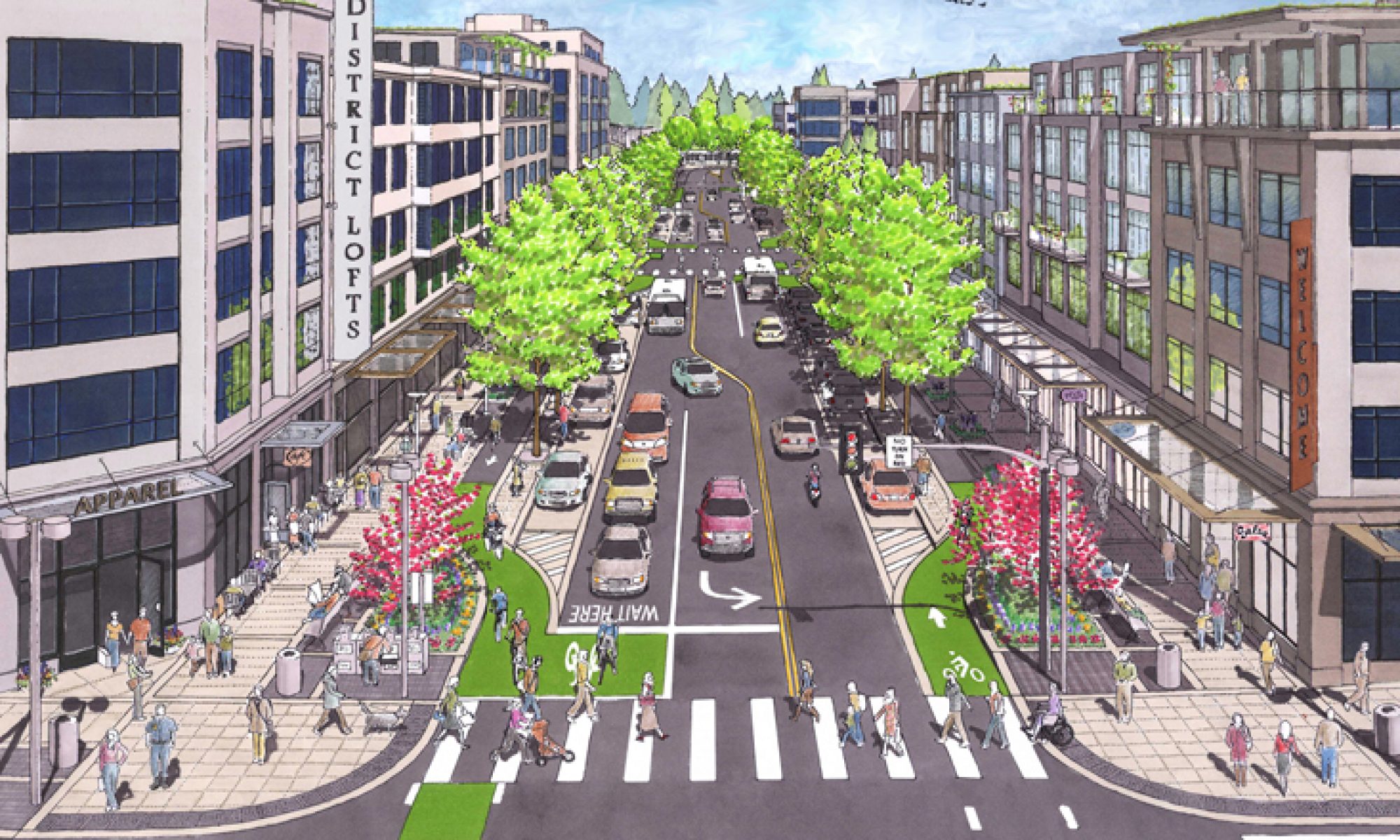This article which was published yesterday in StreetsblogUSA is timely, in light of the recent PSA in Asbury Park about people riding bikes on the sidewalk.
In any city, people will opt to ride on the sidewalk if existing bicycling infrastructure doesn’t feel safe, and if streets are designed to be primarily devoted to driving. AP currently has scraps of unconnected bicycling infrastructure – door zone bike lanes between parked cars and traffic, and bike lanes squeezed between parked cars and the curb.
E-bikes on sidewalks are a particular concern. Let’s focus on the solution. The city can boldly implement traffic calming measures to slow cars, offer more alternatives to driving, and build walking and biking infrastructure that welcomes all vulnerable users in a safe environment – which will also make the city safer for drivers too.
The article explains the distinction between e-bikes, and e-moto bikes.
Many cities are lumping together any bicycles with an electric motor, which leads to legislation against every type of e-bike.
Let’s dive in…
PART I: The E-Bike ‘Problem’ is an E-Moto Problem
PeopleForBikes separates fact from fiction to protect the future of e-bikes in America in this new series. PeopleForBikes’ primarily focuses on safety: product safety, safe places to ride, and safety education for cyclists and e-cyclists.
“Who Is Responsible For The E-Moto Problem?
It’s the Wild West in the electric bike world because of rapidly evolving products and the patchwork of regulations.
“The E-moto problem is caused by E-moto manufacturers and sellers. The companies that make, import and sell e-motos are attempting to skirt legal and safety requirements for motor vehicles in order to sell their products.”
The intention of the manufacturers is to deceive the public into believing their e-moto is an electric bicycle or “e-bike”. Example: manufacturers are adding fake pedals to e-motos so they fly under the radar.
Three Class Model Law defines what is, and is not, an electric bicycle, or e-bike.
| What’s Legal and What’s Not: Electric Bicycle vs. E-Moto | ||
| Feature | Class 1 / 2 / 3 Electric Bicycle | E-Moto |
| Operable Pedals | Required | Not required (often fake) |
| Motor Power | ≤ 750W | Often 1,000W–6,000W+ |
| Top Speed | ≤ 20–28 mph | 30–65+ mph |
| Throttle | Class 2 only (≤ 20 mph) | Usually throttle-only |
| Licensing / Registration | No | Required (in most states) |
| Product Category | Consumer product | Motor vehicle |
| Street Legal for Minors? | Yes, in many states, depending on age | No, unless registered and licensed |
It’s critically important for cities and towns to get behind legislation in favor of micro mobility, alternative equitable transportation, thereby reducing reliance on cars.
Let’s do this Asbury Park!
Polli Schildge, Editor



